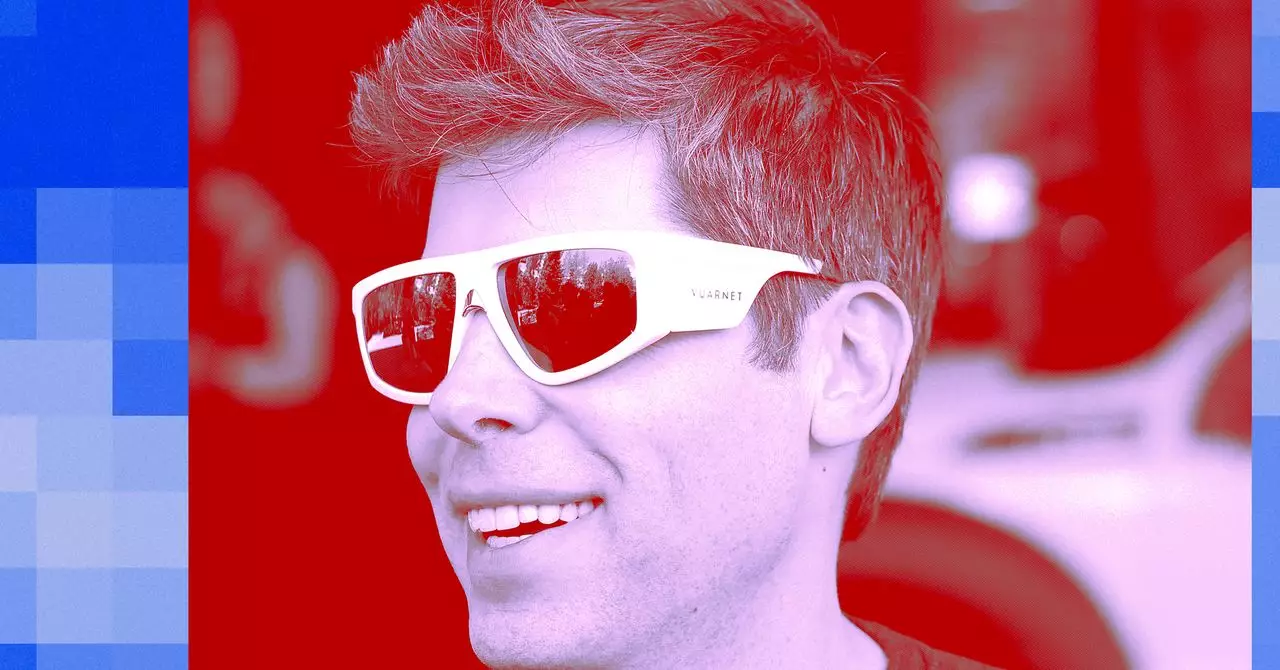In the rapidly evolving landscape of artificial intelligence, few contractual agreements have cast as long a shadow as “The Clause.” Celebrated as a seemingly technical safeguard, this legal stipulation on the surface appears to be just another privacy or exclusivity clause. However, beneath its veneer lies a profound statement about control, power, and the unpredictable future of human civilization. To truly grasp the significance of The Clause, one must understand it not merely as a legal artifact but as a symbol of humanity’s vulnerable positioning amidst a technological revolution boasting world-altering potential.
Unveiled through a rare glimpse into the thoughts of industry titans like Satya Nadella, The Clause signals an unspoken acknowledgment: the creators of potentially superintelligent AI are trying to hedge their bets in an arena where the stakes extend beyond corporate profits. It underscores an emerging reality where technological breakthroughs—once viewed purely as innovations—are now intertwined with existential questions. The Clause is, in essence, a safeguard against losing control of an entity capable of surpassing human intelligence, a concept so abstract yet tangibly powerful.
This move to codify control over what could be humanity’s last major invention represents an inevitable tension. On the one side, profit motives and investor interests propel companies to develop ever more sophisticated AI models. On the other, the broader societal question looms: what happens when machines outthink mankind? The Clause’s design to restrict access should AGI be achieved suggests that corporations are increasingly aware of their own limitations and the moral quandaries tied to unrestrained evolution of such technology.
Dissecting the Mechanics: Control Before Catastrophe
While the precise language of The Clause remains under wraps, its implications are unmistakable. Operationally, it deals with a conditional fracture point in the relationship between OpenAI and Microsoft, hinging on the attainment of artificial general intelligence—a system capable of outperforming humans in most economically valuable activities. The agreement cleverly establishes two thresholds: a declaration of AGI and a demonstration of “sufficient AGI” capable of generating substantial profits—more than $100 billion—before granting Microsoft continued access.
This structure reveals a paradoxical approach to control. OpenAI’s board retains the authority to declare whether its models have achieved AGI and whether they meet the “sufficient” standard. Yet, whether these declarations are truthful or premature remains a matter of dispute, hinging largely on subjective judgments. The potential for disputes or even lawsuits introduces an element of legal brinkmanship where the stakes are astronomical. A company could claim to have achieved AGI, but the counterargument would be whether this achievement truly warrants withholding access—a declaration driven as much by strategic self-interest as technological reality.
For Microsoft, this clause functions as a strategic safety net—if truly superintelligent models emerge, their access could cut off unexpectedly. This effectively isolates Microsoft from its most ambitious investments in AI, potentially rendering its early efforts and cloud infrastructure investments obsolete. The power dynamic thus shifts: OpenAI could, in principle, develop an entity so advanced that it terminates their partnership, leaving Microsoft at the mercy of an uncontrollable technological force.
The Power Play: Control as a Double-Edged Sword
The core issue with The Clause extends beyond legal safeguards; it highlights the fundamental dilemma of control versus innovation. Companies like OpenAI and Microsoft are playing a precarious game—pursuing the holy grail of superintelligence while attempting to avoid catastrophic outcomes. The clause’s vagueness, admitted openly by Altman and others, underscores the haziness that defines current policy and technological standards governing AGI.
Critically, The Clause gives industry leaders a license to define success on their terms. The vagueness of terms like “sufficient AGI” and the reliance on subjective board judgments open the door for controversy and manipulation. In essence, the clause functions as a political tool as much as a legal one, reflecting the immense power wielded by those who control foundational AI frameworks. This flexibility is both a safeguard and a potential hazard. It allows companies to adapt as technology evolves but also opens the door for strategic miscalculation—whether premature claims of AGI or and manipulated profit thresholds designed more for corporate advantage than global safety.
The broader societal stakes cannot be overstated. If the pursuit of AGI becomes entangled with profit-driven decisions, the risk of deploying untested, unfathomably powerful algorithms increases exponentially. The Clause symbolizes this complex dance: it aspires to prevent uncontrolled divergence while acknowledging the unpredictable trajectory of technological advancement. It raises profound questions about who ultimately holds the keys to the future and how much discretion they should possess.
The Future of Control: From Corporate Cloak to Global Responsibility
What does The Clause tell us about the future of artificial intelligence and humanity’s role in it? At its core, it suggests a bitter truth: control over transformative technology may ultimately be illusory. As AI approaches AGI, the traditional power structures—corporations, governments, even scientific institutions—find themselves in a game of cat-and-mouse, trying to contain what they cannot fully understand or predict.
The backlash and ongoing renegotiation of The Clause reflect a growing unease about unchecked innovation. Society must grapple not only with the risks posed by advanced AI but also with the distribution of power—who gets to decide when an AI system crosses the threshold of

